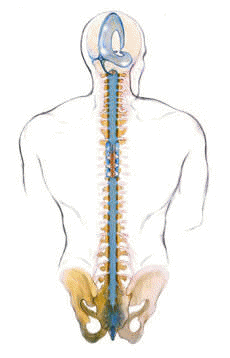

Therapeutic Touch
Jacqui specializes in several manual therapy modalities. She often uses a combination of techniques within one session, but you may also request a full hour of the style which you prefer.
Craniosacral Therapy
CST is a gentle holistic therapy that assists the body’s natural ability to regulate and repair itself. Using light, skillful touch, especially on the skull, spine, and sacrum, the practitioner deeply listens to subtle movement patterns to locate and gently release any restrictions present in the client’s body.
As restrictions, holding patterns or traumas are released from the tissue memory, body fluids (i.e. blood, lymph, and cerebrospinal fluid) are able to circulate more freely, and optimal functioning of the nervous and skeletal systems is enhanced.
This free movement revitalizes and strengthens the body's intrinsic healing forces, dissipating pain and restoring the natural state of vitality and to calm the person’s whole being.
For more general information about CST:

